Protect your joints and manage your blood pressure with smart movement strategies, proper form, and safe modifications tailored for long-term joint health.
For individuals managing hypertension, staying active is essential—but not all exercise is created equal. Physical activity supports cardiovascular health and helps regulate blood pressure, but improper techniques or common missteps can place unnecessary stress on your joints. Over time, these small errors compound, leading to stiffness, discomfort, or even long-term joint damage.
Cold weather, inactivity, and incorrect form are just a few factors that can worsen joint strain. The good news? With a few strategic adjustments, you can stay safe, mobile, and strong—no matter your fitness level or health condition.
Cold joints are stiff joints. Jumping straight into activity without warming up increases the risk of injury, especially in cooler temperatures. For people with hypertension, sudden exertion can also spike blood pressure.
Coach Tip: Spend 5–10 minutes on dynamic movements like arm circles, leg swings, or seated marches. These gradually increase blood flow to muscles and joints without straining the cardiovascular system.

Joint stress isn’t just from exercise—it accumulates through everyday movements. Slouching while sitting, hunching over devices, or lifting groceries incorrectly can misalign your spine and strain knees, hips, and shoulders.
Form Note: Keep your ears over your shoulders, shoulders over hips. When lifting, bend at the knees, not the waist. Engage your core to protect both your back and joints.
Running, jumping, or intense aerobics may be too harsh on the joints—particularly if you're new to exercise or managing joint sensitivity. These movements generate forces up to three times your body weight, increasing wear and tear.
Easy Modification: Switch to low-impact alternatives like walking, swimming, cycling, or elliptical training. These protect joint surfaces while still supporting heart health and blood pressure control.
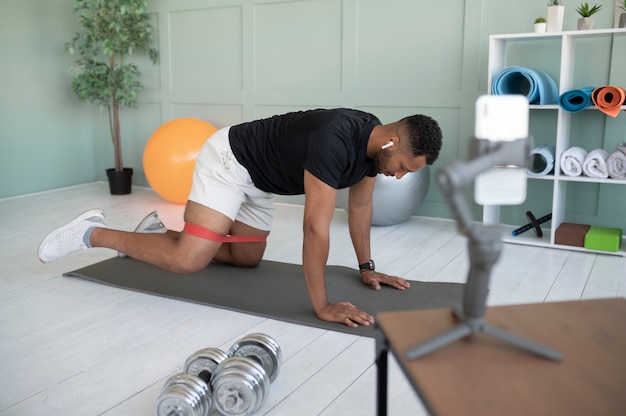
Weak muscles around joints—especially the hips, thighs, and core—lead to poor joint alignment and increased stress. For example, weak glutes can cause knee pain during walking or stair climbing.
Coach Tip: Incorporate strength training 2–3 times per week using light resistance. Focus on controlled movements: seated leg lifts, wall push-ups, or resistance band rows. These build stability without spiking blood pressure.
Known as the Valsalva maneuver, holding your breath during exertion (like lifting or bending) can cause dangerous blood pressure spikes—risky for those with hypertension.
Form Note: Practice rhythmic breathing: exhale during effort (e.g., lifting a weight), inhale during release. This maintains steady blood pressure and improves movement efficiency.
Stiff joints limit mobility and increase injury risk. Without regular stretching, tendons and ligaments lose elasticity, especially in colder months.
Easy Modification: Add gentle stretching or tai chi after warming up or at the end of the day. Focus on hips, hamstrings, shoulders, and ankles. Hold each stretch 20–30 seconds without bouncing.
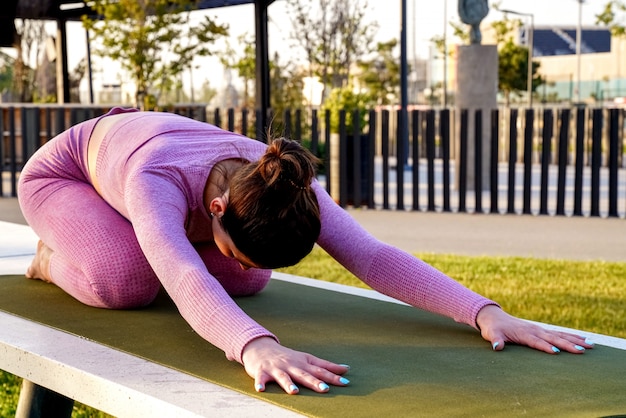
Shoes without proper support or cushioning transfer shock directly to your knees, hips, and lower back. This is especially harmful during prolonged standing or walking.
Coach Tip: Choose supportive, well-cushioned shoes with a wide toe box. Replace them every 300–500 miles of use. Consider orthotics if you have flat feet or overpronation.
Pain is a warning sign. Ignoring discomfort—especially in the knees, hips, or back—can lead to chronic issues. People with hypertension may already have reduced circulation, slowing healing.
Form Note: Use the "talk test"—if you can’t speak comfortably during activity, you’re pushing too hard. Stop immediately if you feel sharp or persistent joint pain. Opt for rest, gentle movement, or consult a healthcare provider.
Here’s a simple daily plan to protect your joints and support healthy blood pressure:
Consistency matters more than intensity. Small, daily efforts build long-term joint resilience and cardiovascular stability.
Protecting your joints isn’t about avoiding movement—it’s about moving smarter. By correcting common mistakes and applying simple, coach-style modifications, you can stay active safely, even with hypertension. Listen to your body, prioritize form, and choose exercises that support both joint and heart health.
Your joints are designed to move. Treat them well, and they’ll carry you confidently through every stage of life.

Health

Health

Health

Health

Wellness

Health
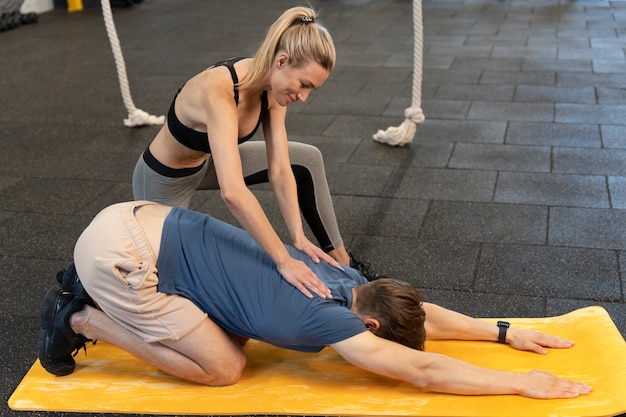
Wellness
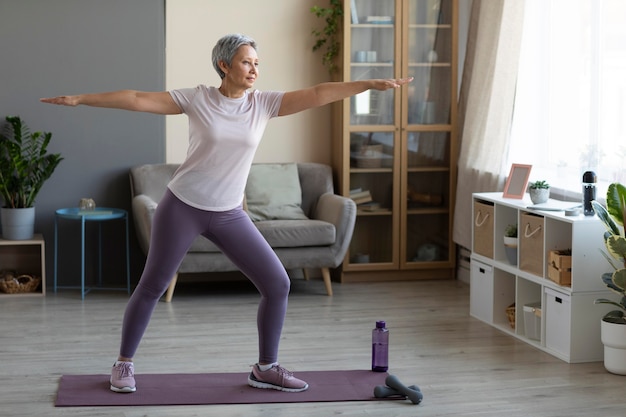
Fitness

Health
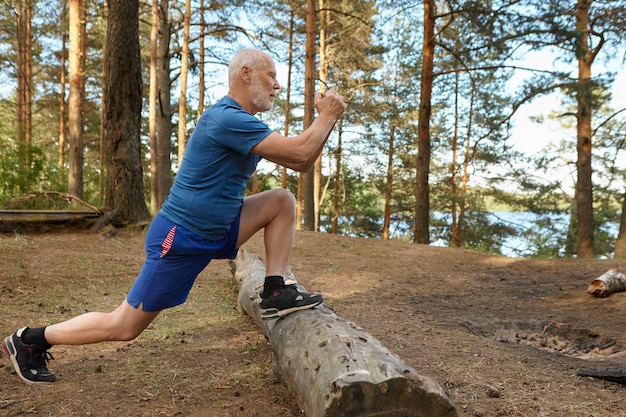
Fitness

Wellness
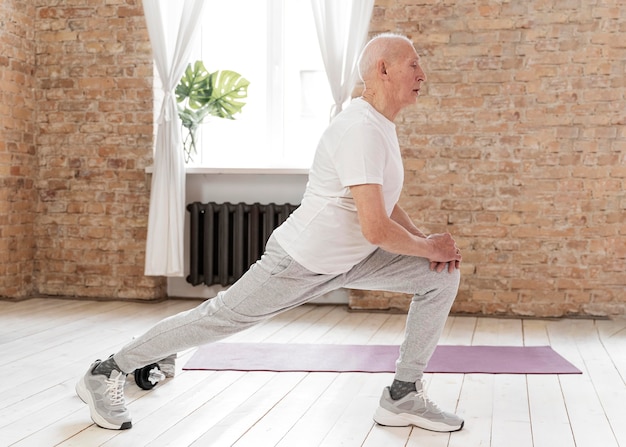
Fitness

Health

Fitness

Health

Health